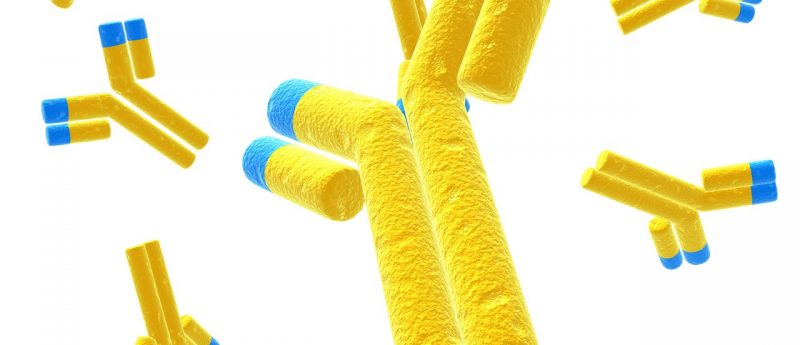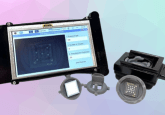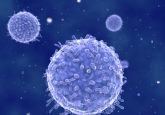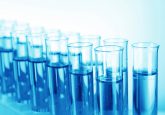Nanotechnology used to improve biosensors for E. coli detection

A team from Washington State University (WSU; Pullman, WA, USA) have created a portable biosensor that is able to detect and amplify the presence of Escherichia coli. E. coli can cause severe diarrhea and kidney damage, so the WSU team hope that the new sensor can provide the rapid detection required to reduce risk to public health.
The development of a quick, accurate and simple sensor for harmful bacteria in the environment has been a priority for researchers. Tiny amounts of pathogen can create serious health risks but a quick and easy test has as yet been unavailable.
In the development of the new sensor, maintaining a large amount of enzyme activity sufficient for the detection of antigens in a sample proved key. The researchers used a novel method to fulfil this requirement: they developed a nanoparticle that has organic and inorganic components in the shape of a tiny flower. The petals of the flower, while comprising only a few molecules, provide a large surface area on which to immobilize the highly active enzymes that are required to detect low levels of E. Coli and other bacteria.
A patent has been filed for the nanoflower device concept, which is able to recognise and amplify the signal to levels that can be detected with a handheld pH meter or indicator strip. The team are working to modify the components of the nanoflower so that other disease markers, as well as other pathogens such as salmonella, can be detected.
“We want to take these nanoflowers and create a simple-to-use, handheld device that anyone can use anywhere,” commented Yuehe Lin, lead researcher and professor in the School of Mechanical and Materials Engineering at WSU. “It’ll be as simple as using a pregnancy test strip or a glucose meter.”
Sources: Ye R, Zhu C, Song Y et al. Bioinspired synthesis of all-in-one organic-inorganic hybrid nanoflowers combined with a handheld pH meter for on-site detection of food pathogen. Small 12(23), 3094–3100 (2016); https://news.wsu.edu/2016/06/13/researchers-improve-biosensors-detect-e-coli/






